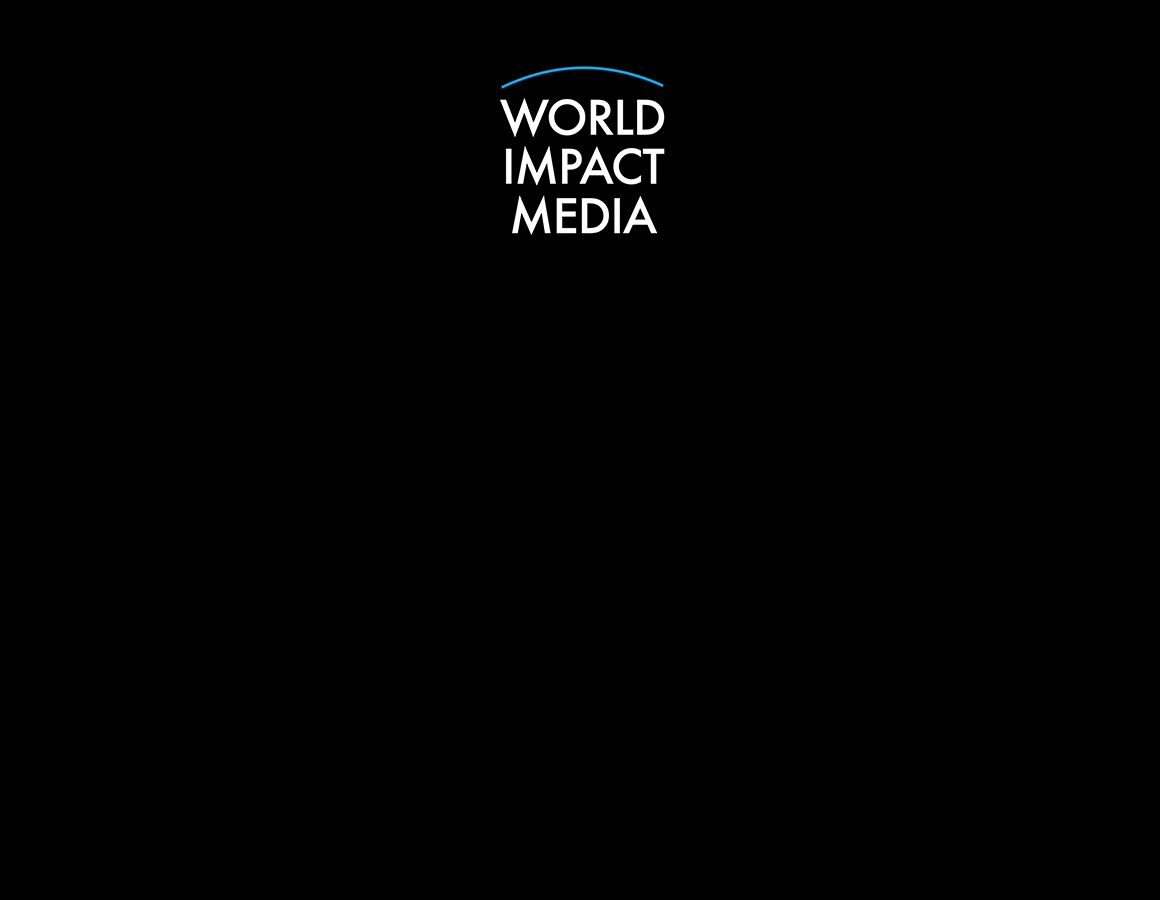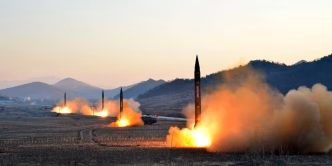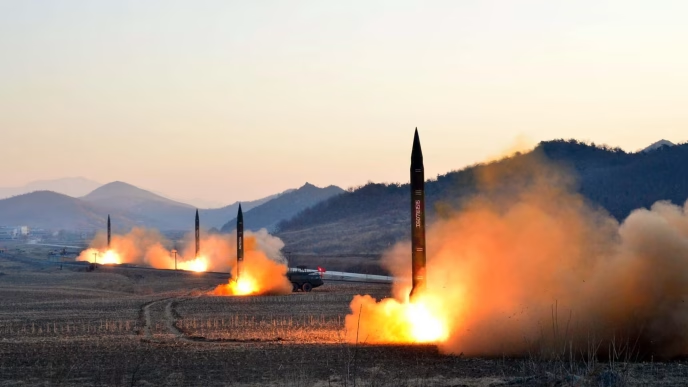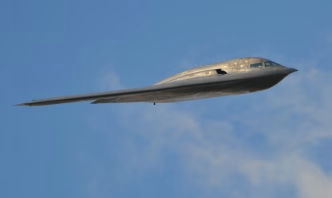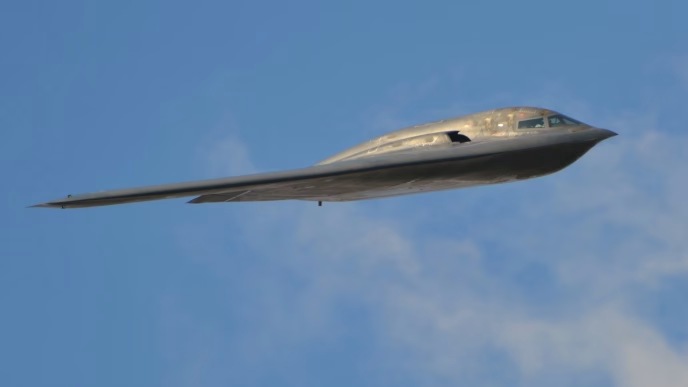As 2025 progresses, geopolitical tensions are reaching a boiling point in multiple regions across the globe. From the Israel-Iran conflict in the Middle East, to the continuing war in Ukraine, and the growing standoff between the U.S. and China over Taiwan, the world is navigating a fragile and increasingly dangerous landscape. With nuclear powers involved and alliances being tested, many are asking: Are we on the brink of World War 3 this year?
Rising Flashpoints in 2025
Several global hotspots could act as ignition points for a major global conflict:
- Middle East: The possibility of a broader war erupting between Israel and Iran is higher than in recent years. If direct attacks escalate, regional powers like Saudi Arabia and Turkey could be drawn in, and the U.S. may be forced to intervene militarily to protect its interests and allies.
- Eastern Europe: The war in Ukraine continues with high casualties and constant tension between NATO and Russia. Any miscalculated move, such as a Russian missile landing in a NATO country, could trigger Article 5 and a larger-scale war involving Western nations directly.
- Asia-Pacific: China has increased military pressure on Taiwan, conducting exercises and violating airspace more frequently. If China decides to invade Taiwan and the U.S. defends it, the outcome could lead to direct confrontation between two global superpowers.
Political Instability and Alliance Shifts
The year 2025 also features volatile political transitions and rising populism in major countries. Leadership changes in the U.S., the EU, and developing nations can bring more unpredictable foreign policy decisions. Alliances such as BRICS (Brazil, Russia, India, China, South Africa) are strengthening and challenging the traditional Western order, which could lead to realignment and economic warfare.
Moreover, ongoing proxy wars and global arms races are fueling mistrust. Countries are increasing defense spending at record levels, building up arsenals not just as deterrents but as preparation for possible future conflict.
Military Buildup and Economic Pressures
The world is witnessing a dramatic acceleration of military deployments. NATO is expanding its presence in Eastern Europe. Russia is reinforcing its military capabilities. China is increasing naval power and influence in the Indo-Pacific. At the same time, economic inflation, food insecurity, and energy instability are adding pressure to already strained international relations.
These dynamics—military escalation, economic friction, and deepening rivalries—make the global environment highly combustible.
So, What Are the Chances?
While predicting a world war with certainty is impossible, the risk of a global conflict breaking out in 2025 is higher than it has been in decades. Intelligence agencies and think tanks in the U.S. and Europe currently place the likelihood of a full-scale world war in the near-term as low to moderate, but rapidly rising depending on developments in the Middle East and Asia.
A spark—such as a high-casualty strike, assassination of a leader, or a direct clash between superpowers—could quickly spiral into a broader war.
Conclusion
The world in 2025 stands at a strategic crossroads. While no major power wants World War 3, the complex web of alliances, territorial disputes, and military build-up make it a real and rising threat. The key to avoiding it will lie in diplomacy, restraint, and strategic clarity among world leaders. If these fail, history may repeat itself—sooner than many think.
